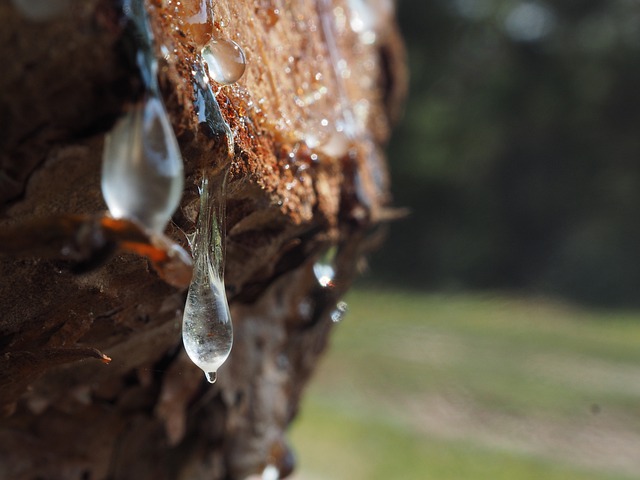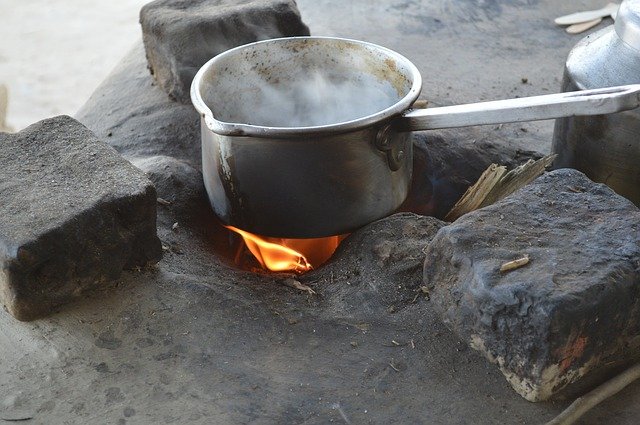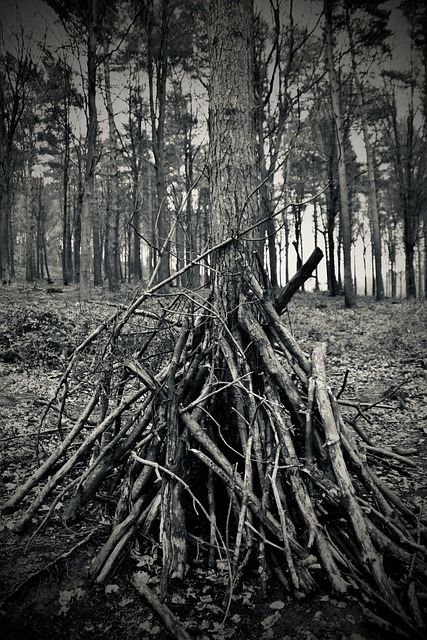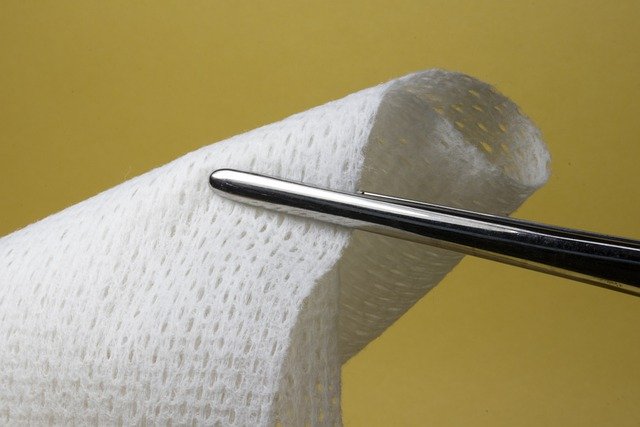
Everyone is familiar with pine trees, but did you know that the sticky sap from a pine tree has some really cool uses? Here we go over how to use pine sap when you’re camping and for survival purposes.
Pine sap is a sticky, viscous substance that is secreted by pine trees. It is composed of water, sugars, and resin acids. When tapped from the tree, it can be used for an amazing variety of purposes.
Affiliate disclosure
By clicking an affiliate link below, we may receive a commission on purchases at no additional cost to you.
How to collect pine sap
There are a few different ways to collect pine sap. The most common method is to tap the tree, which involves drilling a small hole into the tree and collecting the sap that drips out.
Another way to collect pine sap is to simply gather it from the ground beneath the tree. This can be done by using a shovel or trowel to dig around the base of the tree until you find a pocket of sap. Once you’ve found some sap, you can scrape it off of the bark or leaves and into a container.

Finally, you can also collect pine sap by cutting into the tree itself. This is generally not recommended, as it can damage the tree, but if you’re careful you can cut a V-shaped notch into the bark and collect the sap that runs out.
What can pine sap be used for?
Pine sap can be used for a variety of useful purposes, including:
- Making homemade glue
- Starting a fire
- Building a shelter
- Sealing minor cuts and wounds
- As a natural insecticide
- To make a nutritious food or candy
Making glue with pine sap
If you’ve ever wanted to make your own glue, here’s a recipe using pine sap. All you need is some pine sap and water.
To start, collect some pine sap from a tree. You can do this by making a small cut in the bark of the tree and collecting the sap that comes out. Once you have about a cup of pine sap, add it to a pot of boiling water.
Let the mixture boil for about 15 minutes, or until it starts to thicken. Once it has thickened, remove it from the heat and let it cool. Once it’s cooled, your homemade glue is ready to use!

Another option for making homemade pine sap glue is to mix pine sap with an equal amount of flour. This mixture can be used to adhere paper or fabric to other surfaces.
Making a fire with pine sap
If you find yourself in a situation where you need to make a fire but don’t have any matches or lighter fluid, pine sap can be a great alternative. Here’s how to do it:
- Gather some pine sap from a tree. You can use your hands or a knife to get the sap out of the tree.
- Once you have enough pine sap, find some dry grass or leaves and gather them up
- Make a small pile of the dry grass or leaves and place the pine sap on top of it
- Use a knife or other sharp object to scrape the pine sap onto the dry grass or leaves until they are coated.
- Now all you need is a spark to get the fire going! (Carrying a tool like this could be a lifesaver.)
📌 Save for later! 📌

Building a shelter with pine sap
When it comes to building an emergency wilderness shelter, one of the most valuable materials you can have is pine sap.

Pine sap has several benefits that make it ideal for shelter construction.
First, pine sap is an excellent water repellent. This means that it will help keep your shelter dry and comfortable.
Second, pine sap is also very sticky. This can be helpful in keeping your shelter together and preventing leaks.
Finally, pine sap has a strong scent that can potentially help keep predators away from your shelter.
There are a few things to keep in mind when using pine sap for shelter construction. First, you will need to collect a large amount of pine sap. One tree can provide enough sap for a small shelter. Second, you will need to heat the pine sap before using it. This can be done by placing the sap in a container and setting it over a fire.
Now, it’s time to build your shelter. Start by creating a frame out of sticks or branches. Then, use the pine sap to glue large leaves or pieces of bark to the frame. Make sure to cover the entire shelter to keep rain and wind from getting through.
Using pine sap to seal wounds
Sealing minor cuts and wounds with pine sap can help to prevent infection. The sticky nature of pine sap helps to keep bandages in place and provides a barrier against bacteria and dirt.
If you find yourself in a pinch and need to seal a wound quickly, pine sap can be a helpful tool. Here’s how to do it:
- Gather some pine sap from a tree. You can use your fingers or a knife to scrape it off the bark.
- Clean the wound as much as possible with clean water and dry it off.
- Apply the pine sap directly to the wound.
- Cover the wound with a bandage if possible.
- Repeat steps 3-4 as necessary until the wound is fully sealed.
- Keep an eye on the wound and make sure it is healing properly.

Pine sap contains a compound called terpene, which has been shown to have anti-inflammatory and antibacterial properties.
Pine sap as an insecticide
Pine sap has a long history of being used as a natural insecticide.
The sticky, gooey substance is effective at trapping and killing insects. Pine sap can be used in its natural state or mixed with other ingredients to create a more potent insecticide. Here are some tips for using pine sap as an insecticide:
- Collect pine sap from a tree (see instructions above).
- Apply pine sap directly to insects or areas where they’re likely to congregate. For example, you can put a glob of pine sap on a flypaper strip to trap flies.
- You can also mix pine sap with water to create a sprayable solution. This is especially effective against aphids and other small insects.
Using pine sap as a nutritious food
Pine sap contains a wealth of nutrients and antioxidants that can be eaten to boost your health in several ways.
Pine sap is rich in vitamins and minerals, including vitamin C, beta-carotene, and manganese. It also contains important antioxidants like ellagic acid and ferulic acid. These nutrients work together to boost the immune system, fight inflammation, and protect against cellular damage.
When taken internally, pine sap can help treat respiratory infections, bronchitis, and asthma.

Pine sap can be eaten fresh from the tree. It has a somewhat sweet flavor that is perfect for adding to dishes as a flavoring agent. It can be added to soups, stews, and sauces to give them a unique flavor.
Pine sap can be used as candy by boiling it down into a syrup. Here’s how to make your own pine sap candy:
- Collect pine sap from trees using a clean bucket or container.
- Boil the pine sap over moderate heat until it becomes syrupy.
- Add sugar, if desired and available.
- Pour the syrup onto a clean surface to cool and harden.
- Enjoy your delicious homemade pine sap candy!
Final thoughts on how to use pine sap
Pine sap has many uses beyond just making a sticky mess on your hands. It can be used for medical purposes, like a salve for wounds or an infection fighter. It can also be used as a natural adhesive, or even to start a fire.
The next time you’re out hiking and come across a pine tree, take a closer look at the sap seeping from its bark and think about all of the different ways it could be put to use.
READ NEXT:




Leave a Reply